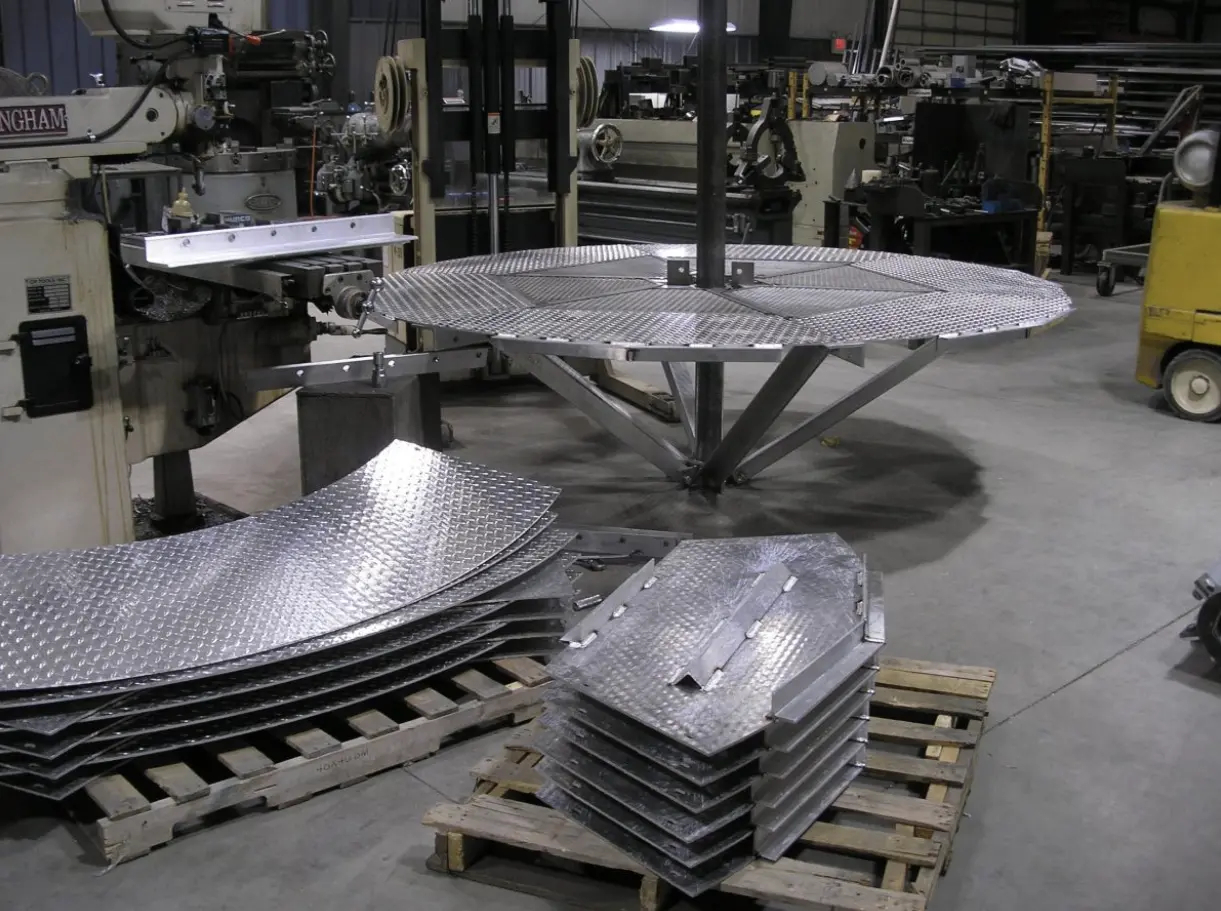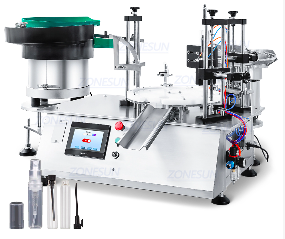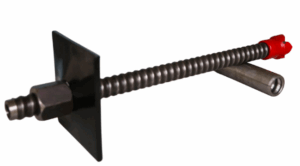Automotive sheet metal forming is a vital aspect of auto manufacturing. Ideally, a car would not exist if it was impossible to work metal into various shapes. Computers often control the automotive metal forming process, making it easy to turn automotive parts quickly and making car prices efficient.
Table of Contents
ToggleHow Does metal forming work?
First, automotive sheet metal can undergo plastic deformation. It does one of the things plastics do by taking on any shape. The process begins with a quantity of metal in a basic form known as blank to change. Blank is the workpiece to be reshaped during the metal forming process. For automotive metal forming, the “blank” is sheet metal because it’s easy to bend, cut, and stamp to shape automotive sheet metal. During the automotive sheet metal manufacturing process, the workpieces are deformed in various ways discussed below.
Bending
In this metal-forming process, force is applied to the workpieces to produce a curved surface. This process is beneficial as it makes a simpler curved surface than complex ones. The press drive (mechanically operated) controls a punch against the sheet metal, which forces it into a simple die to make a permanent metal shape. Enough pressure application is vital to prevent the sheet metal from springing back to its original shape. But, if the applied pressure is too much, the workpieces can break.
Drawing
During the drawing process, the sheet metal is forced against the die-cut into three-dimensional, most commonly curved shapes. The die acts as a mold for the sheet metal. The drawing technique produces a relatively complex shape. A mechanically or hydraulically operated punch is then used to apply pressure. And since the process is mainly mechanized, there are dangers involved.
The metal may crack or wrinkle if it interacts with the die because of too much pressure. However, the application of lubricants can make the metal slide smoothly against the die, thus avoiding wrinkling. More so, the wrinkled edges can be trimmed in a separate operation. This method is used in making fuel tanks and auto body parts.

Stamping
In the stamping metal forming process, a stamping press is used with a series of dies to cut and then form metals into various shapes. It’s commonly used in making auto parts like fenders and hubcaps.
Extrusion
Extrusion is also another metal-forming process that produces long metal objects like tubes and rods. The steel is forced to the die with a hole in its opposite end. It’s then extruded through a hole to form a shape. The extrusion process is used to manufacture anchors and car drive trains.
Forging
During this process, a press or hammer that is mechanically made is used. Steel is hammered against the surface repeatedly to form complex shapes. It is a suitable alternative process to the drawing technique.
Conclusion
The processes discussed above are used with cold metals. But hot metals can also be used at high enough temperatures to pour the molten metal into the die Thereby cooling and forming into the required metal style. Unlock more insights into the industry.
0




